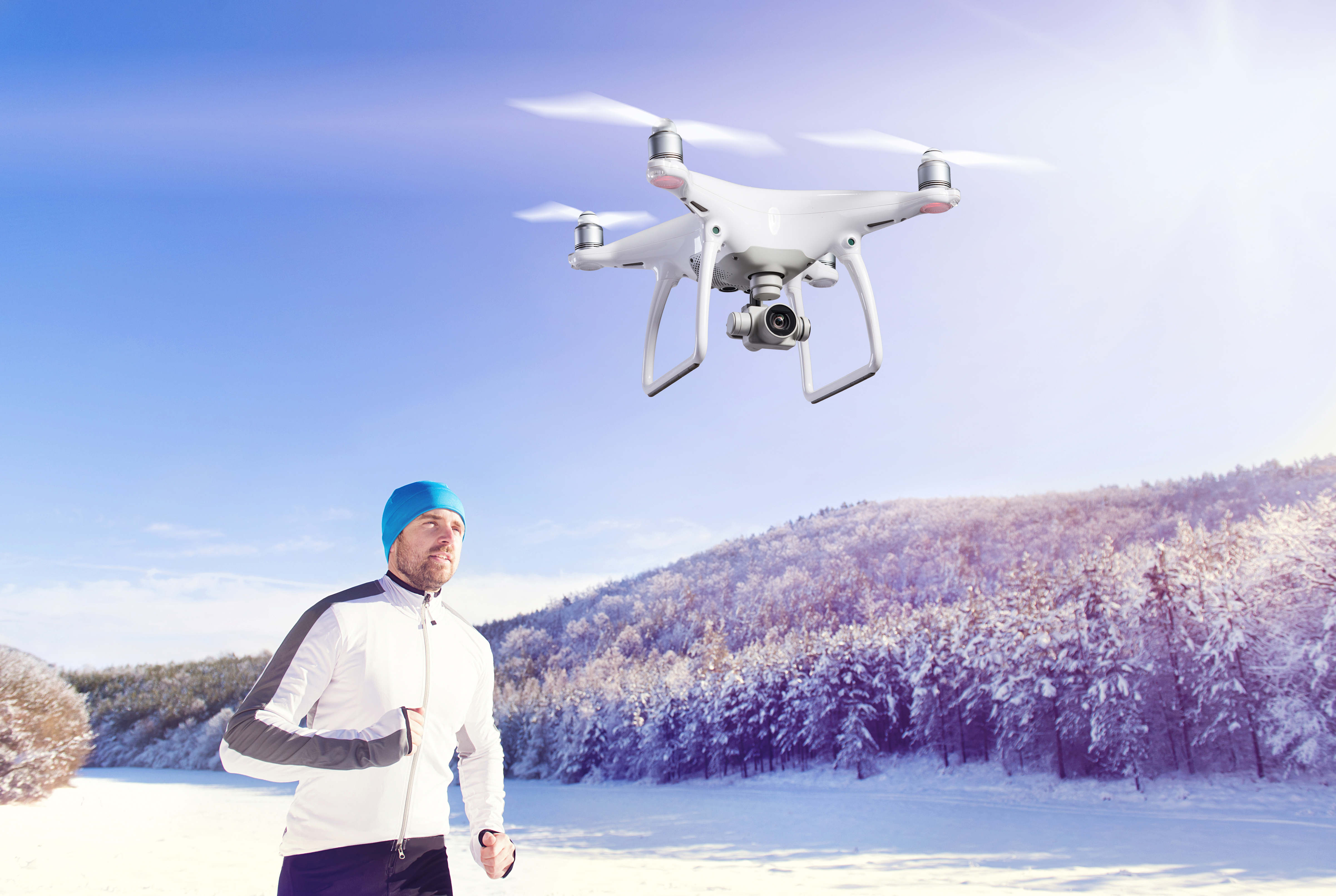As the colder months set in and you start to prepare for the changes that they will bring, one of the things to think about specifically is the impact of that weather on your drone and its flight. Since the winter weather brings its share of challenges in general, it makes sense that it would be the same for your drone as well, right? So, check out a few of these tips to help you with your drone and its operations during colder weather.
Give your batteries a little extra TLC
Batteries and cold weather are, realistically speaking, not the best combination. You’ll want to help them out as much as possible by giving them a little more TLC than you normally would.
For example, you’ll want to try to keep your batteries at full charge as much as possible and take extra care to recharge them fully before heading out into the cold. A cold battery is a sluggish battery, and a sluggish battery will not work as well as it should. Check out these other tips with regard to your lithium batteries.
Take care in transitions (inside to outside)
Keeping your drone safe is also about allowing it to adjust to the cold or warmth. After a flight outside in the cold, allow it to warm up slowly and carefully in a dark and cool room in your home. Don’t take it inside and immediately put it next to a heater or the fireplace.
Also try not to get any part of it going until it has fully warmed up to room temperature. If you are looking at aerial projects that go from outside to inside shooting, you may want do the inside shots first for this reason in particular.
Avoid drone flight in poor weather
From cold rain to slush or snow or frozen fog, you’ll want to keep your drone away from the moisture, when possible. This can be frustrating if you are trying to get an aerial project done and bad weather starts to set in, but it is important to making sure no damage is done to your drone and its components (especially the expensive batteries). Further, the images or video just may not look as good when it is raining, unless that is the objective of the shoot – then if that’s the case, take other precautions to protect your drone and equipment and you may want to bill that into your project.
When in doubt, hand it off to the pro
It’s common to read these common winter-related issues and think “Oh, there’s no way I can deal with this.” Well, why not simply hand it off to a professional drone pilot? If you go with an FAA-approved and qualified drone pilot, you’ll be able to trust not only the skills that they have, but their know-how in getting those stunning shots even in the cold weather that can ground a lot of drones and inexperienced pilots.
The cold weather doesn’t mean that you are going to have to stop working with your drone. But it does mean that you’ll have to be ready to make a few changes that allow you to keep your drone and yourself safe as the cold sets in. If you don’t want to deal with any of it and still get those gorgeous shots you’re looking for, hiring a professional and experienced FAA-licensed drone pilot is probably the best, most realistic option to meet your needs. Contact Drones of Prey to get the best aerial photography or videography regardless of the temperature and weather.

